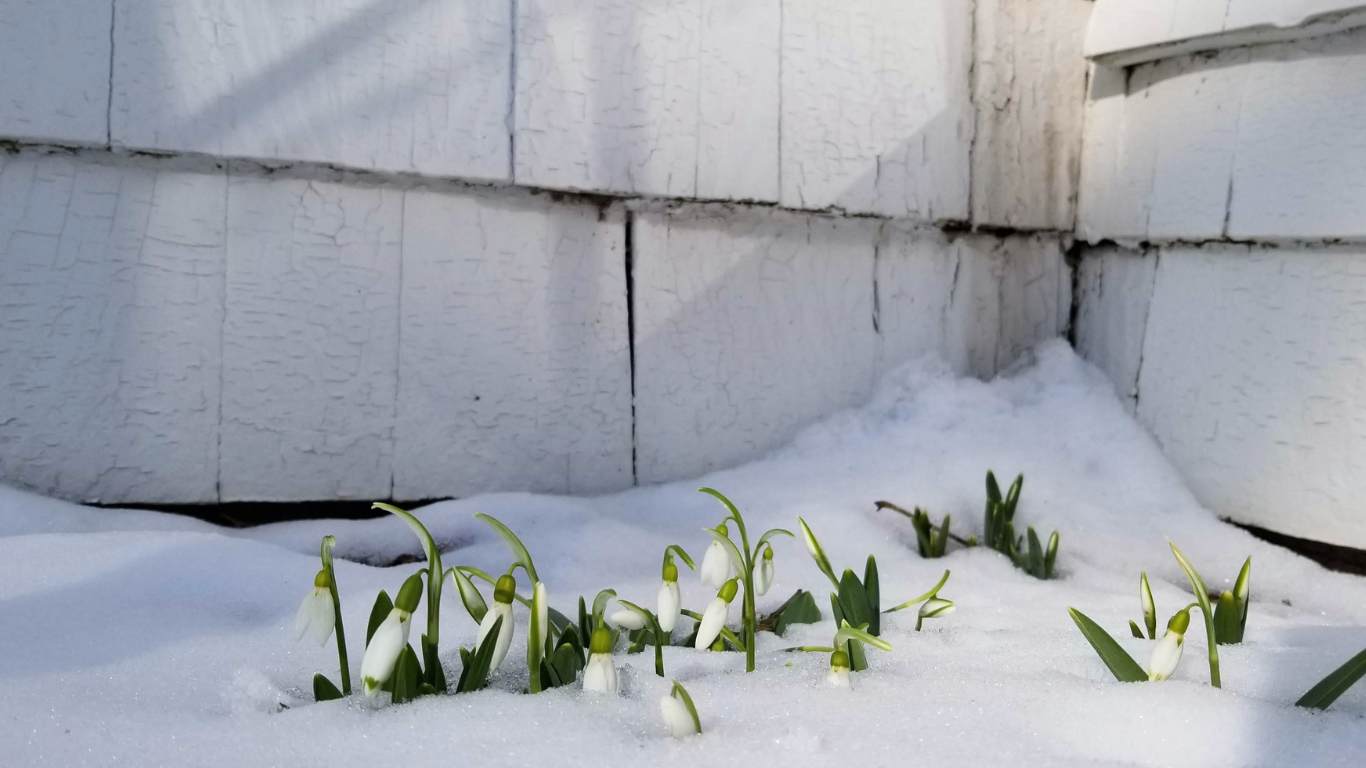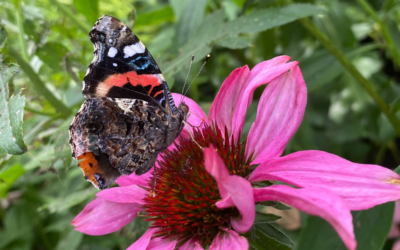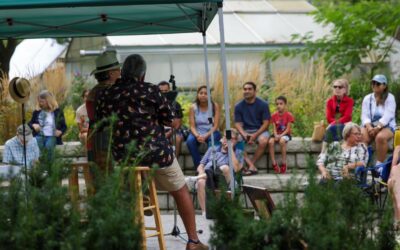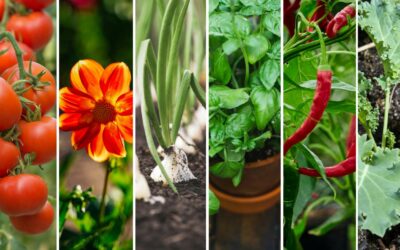March can be a challenging month for the gardener because, more than many other months, it can be completely unpredictable.
Some years, the month is a gradual awakening, a blossoming of green that coats the browns and grays of the past months; other years, heat can bring on an instantaneous explosion of color, only to be stripped away by blasts of cold and late snows. It is easy to feel sorry for the plants that are subject to these extremes, though I am jealous of their inability to feel wind chills and their complete lack of sinuses that ache in the fluctuations. However, there are those stalwart plants whose early blossoms can tolerate these extremes and whisper to the gardener: ‘Don’t fret, spring is right around the corner’.
In late February, as I write this, some of these plants here at 577 remind me daily that the majority of the winter has passed. These include the early ephemeral bulbs like snowdrops (Galanthus nivalis – pictured above) and winter aconite (Eranthis hyemalis) that emerge from the leaf litter in crisp white and intense yellow. They will be followed and somewhat overlap with the rich blue quilt of Siberian scilla (Scilla sibirica – pictured below) that engulfs the grounds later in the month.
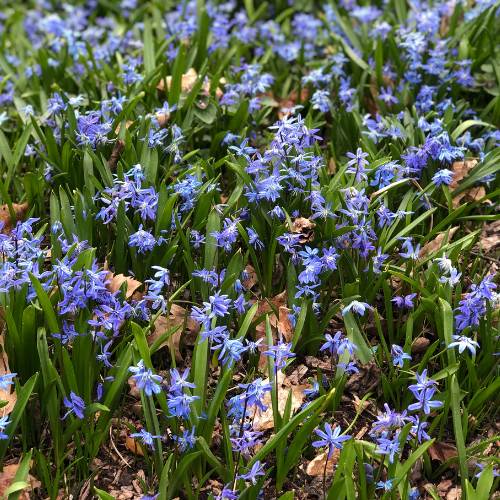


One of my favorite plants from late winter into early spring is the witchhazel, whose frilly petals erupt from skeletal leafless shrubs in tones of orange, gold, burgundy, or sulfur yellow. The Ozark witchhazel’s (Hamamelis vernalis – pictured above) spidery flowers nestle among the previous year’s unfallen foliage. Varying in color from amber to yellow and emitting a spicy, sometimes sweet fragrance, these flowers can continue through late frosts, freezes, and snow.
The large hazelnut shrubs (Corylus americana) have a type of flower called a catkin, which extends this time of year into a long, dangling pollen structure that waves softly in the winds and catches the eye. Soon afterward, the heirloom cornelian cherry dogwoods (Cornus mas – pictured above) will erupt from tight round buds into thousands of minuscule yellow pom-poms that paint the trees into yellow clouds before turning into very tart red fruit coveted by our resident squirrels in summer.
Many of these types of plants are finished flowering by the time you visit garden centers, but keep them in mind when shopping. These plants, though subtle, are sometimes exactly what the anxious gardener needs to remind them that a new season is right around the corner. Even if you don’t have room for them at home, explore your neighborhood or local parks; you’ll see that there is a lot more life to March than you ever realized.
~ Bennett
From the Desk of Bennett O. Dowling, 577 Organic Landscape Horticulturist
